- Calculator
Mulch Calculator
Estimating the cost of mulching is quick and easy using our Mulch & Stone Calculator below. The easiest way to measure a bed’s size is to step off the distances and convert your steps to feet (a standard step is about 2.5-3 feet for most people). If you still have questions, please call the Mulch and Stone Team. If you have the total area of your landscape beds calculated, we’d be glad to help you figure out the amount of mulch, topsoil, or gravel you will need.
Now that you know what quantity you need, you can contact a Mulch and Stone specialist or place your order online 24/7 and schedule your products when you want them!
Focus on
Quality
Great price Guarantee
Professional
Service
Easy & Fast
Delivery
Proud
Local
Proud Local
- Calculator
Instantly Estimate Your Landscaping Costs with Our Easy-to-Use Calculator
Please use the calculator below to calculate how much material you will need. Just input the length, width and depth in the calculator and it will give you the exact amount of product you will need. It’s THAT easy!

“It is our mission to provide each customer with a sales and delivery experience so positive and delightful that they will be compelled to recommend us to their family and friends.”
EVERYDAY – EVERYTIME – WITHOUT FAIL – NO EXCEPTIONS
Order Online or Call Now: VA 703-999-2624, MD 410-618-9177
- Product Catagory
Feedback That Reflects Our Commitment to Customer Satisfaction
Discover the Experiences of Our Satisfied Clients
Trustindex verifies that the original source of the review is Google. Issue at first, but they corrected all of them and communicated as such.Trustindex verifies that the original source of the review is Google. Great service and great price! We had to call to reschedule delivery and had a very cheerful and friendly lady help arrange that - pretty rare in todays world you get a human who wants to help. We purchased mulch, compost, and some river rock and everything was great quality and very happy. Our shrubs and trees loved the compost and have really taken off this year.Trustindex verifies that the original source of the review is Google. They have great prices, reliable and fast delivery! Highly recommend them!Trustindex verifies that the original source of the review is Google. Great service as deliveries are quick and quality product. Great tips from Jeff on local fly fishing hot spots. Thx a bunchTrustindex verifies that the original source of the review is Google. These guys are great. Competitive pricing, prompt delivery and friendly service. The drivers are top tier.Trustindex verifies that the original source of the review is Google. Great service. We've ordered mulch from this outfit a few times now. We've been satisfied with the product. Once we had a mix-up in the delivery, and the owners were quick to correct the order and compensate us for the trouble with no hassle. We will order from Mulch and Stone again!Trustindex verifies that the original source of the review is Google. first class business, delivery was right on time and professional
- Featured Products
Discover Our Premium Selection of Landscaping Essentials
Premium Landscaping Essentials for Stunning Outdoor Spaces
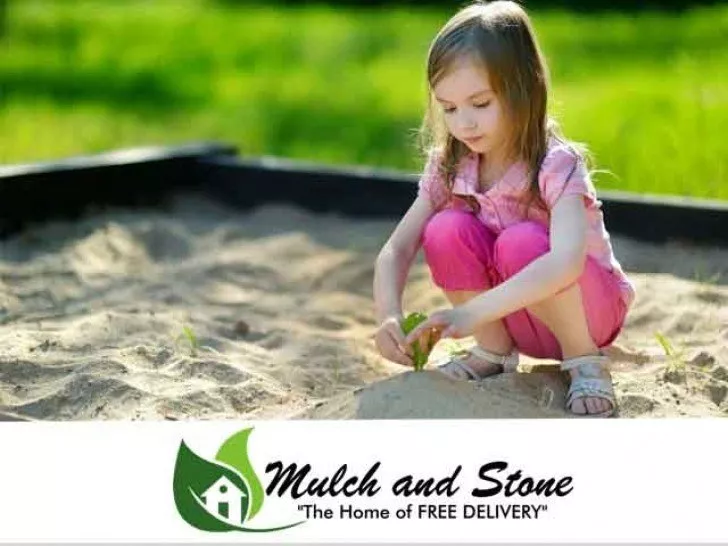
White Sandbox Play Sand High Quality
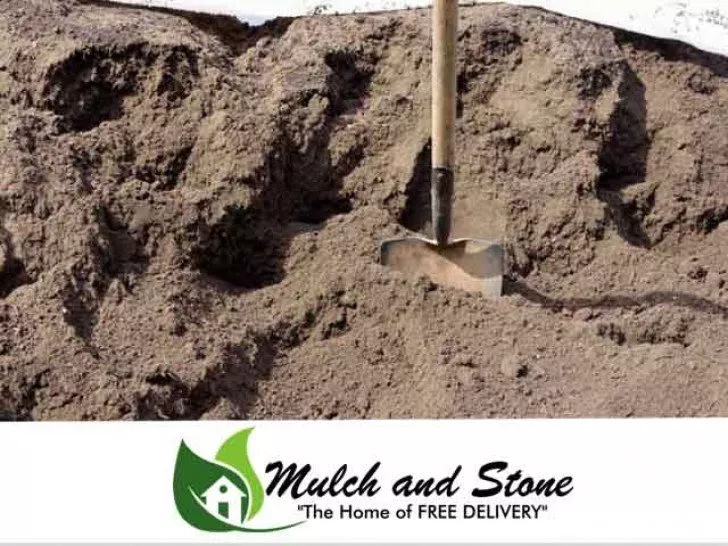
Topsoil Compost MIX
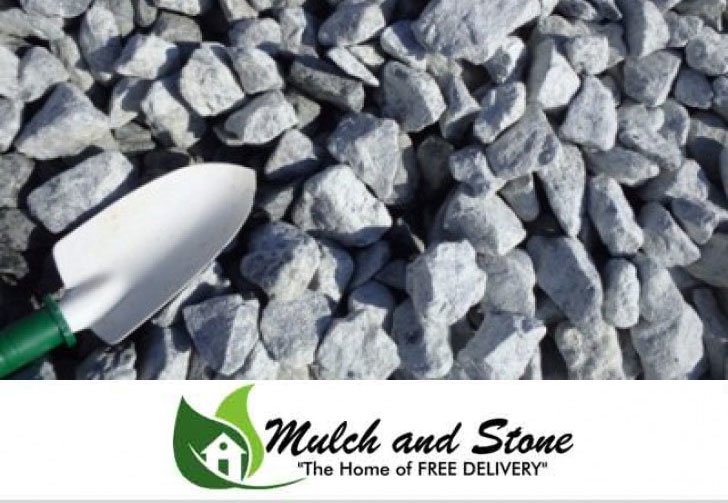
#3 Bluestone Surge Gravel
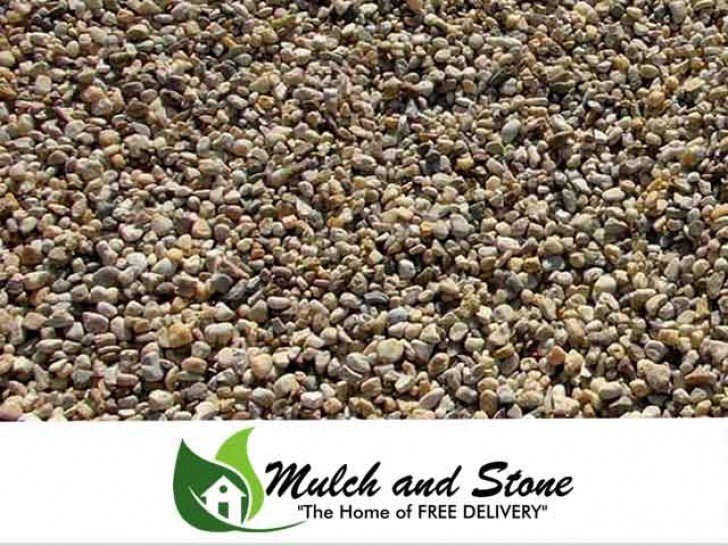
River Washed Gravel
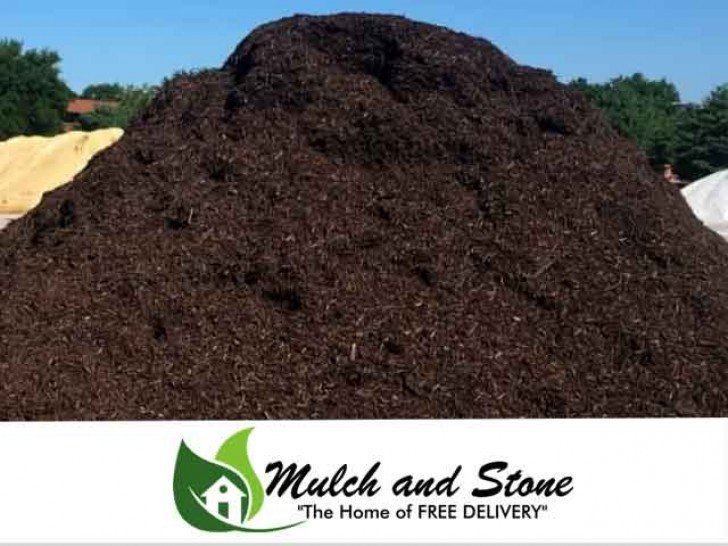
Brown Dyed Mulch
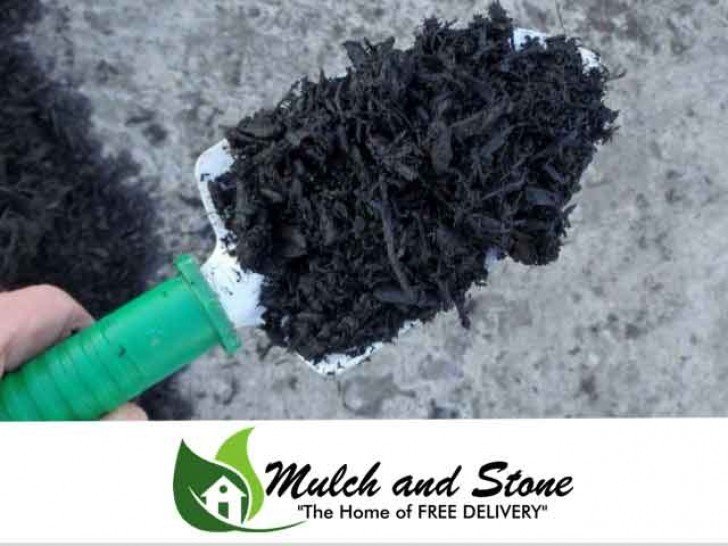
Black Dyed Mulch For Sale
- FAQs about Mulch Volume Calculation:
To calculate the amount of mulch needed, measure the length and width of the area you want to cover. Multiply these dimensions to find the square footage. Then, multiply the square footage by the desired mulch depth (usually 2-4 inches) to determine the volume of mulch in cubic feet or cubic meters.
A mulch depth of 2 to 4 inches (5 to 10 cm) is generally recommended for most plants. However, consider specific plant requirements or gardening practices that may warrant a different depth.
Yes, there are several online mulch calculators available that can help you estimate the required mulch volume. Simply enter the dimensions of your area and desired mulch depth, and the calculator will provide an approximate quantity.
To convert cubic feet to cubic yards, divide the total volume in cubic feet by 27. Since there are 27 cubic feet in a cubic yard, this conversion allows you to express the mulch quantity in a different unit.
If your area has irregular shapes, divide it into smaller sections with simpler shapes (e.g., rectangles or triangles). Measure each section separately, calculate the volume for each, and sum them up to obtain the total mulch volume required.
You can buy From us. Our shop Link
Mulch gradually decomposes over time, so it is advisable to replenish or top up the layer annually or every couple of years. This helps maintain the desired mulch depth and ensures ongoing benefits for your plants and soil.

Still have Questions?
Can’t find the answer you’re looking for? Please fill up the form and submit to connect with us and receive prompt assistance from our team.
The Benefits of Mulch
Moisture Conservation: Mulch acts as a protective layer, reducing evaporation and retaining moisture in the soil. This helps plants maintain optimal hydration levels, particularly during hot and dry periods.
Weed Control: A thick layer of mulch inhibits weed growth by blocking sunlight and impeding weed seed germination. This reduces the need for manual weeding and minimizes competition for nutrients among plants.
Temperature Regulation: Mulch acts as insulation for plant roots, shielding them from extreme temperature fluctuations. It keeps the soil cooler during scorching summers and warmer during chilly winters.
Soil Improvement: Organic mulches gradually decompose, enriching the soil with valuable nutrients and organic matter. This enhances soil structure, fertility, and microbial activity, promoting healthier plant growth.
Erosion Prevention: Mulch helps prevent soil erosion by minimizing the impact of heavy rain or wind, maintaining soil stability and preventing nutrient runoff.
How Much Mulch Do I Need?
Calculating the amount of mulch required depends on the area you want to cover and the desired depth of the mulch layer. Follow these steps to determine the quantity needed:
Measure the area: Measure the length and width of the area you plan to mulch. If it is irregularly shaped, divide it into smaller sections and measure each separately.
Determine the desired mulch depth: Mulch is typically applied at a depth of 2 to 4 inches (5 to 10 cm). However, certain plants or specific gardening practices may require a different depth.
Calculate the volume: Multiply the area’s length by its width to find the total square footage. Then, multiply the square footage by the desired mulch depth to obtain the volume in cubic feet or cubic meters.
Types of Mulch:
Mulch comes in various materials, each with its own set of characteristics. Some common types of mulch include:
Organic Mulch: Made from natural materials such as wood chips, bark, straw, leaves, or compost. Organic mulches enrich the soil as they decompose and are particularly beneficial for improving soil fertility.
Inorganic Mulch: Includes materials like stones, gravel, or rubber mulch. Inorganic mulches do not decompose and provide long-lasting weed control while allowing water penetration.
Living Mulch: Refers to low-growing plants, such as clover or creeping thyme, that are used as a living ground cover to provide weed suppression and soil protection.
Synthetic Mulch: Made from materials like landscape fabric or plastic sheeting. Synthetic mulches are primarily used for weed control and moisture retention.


